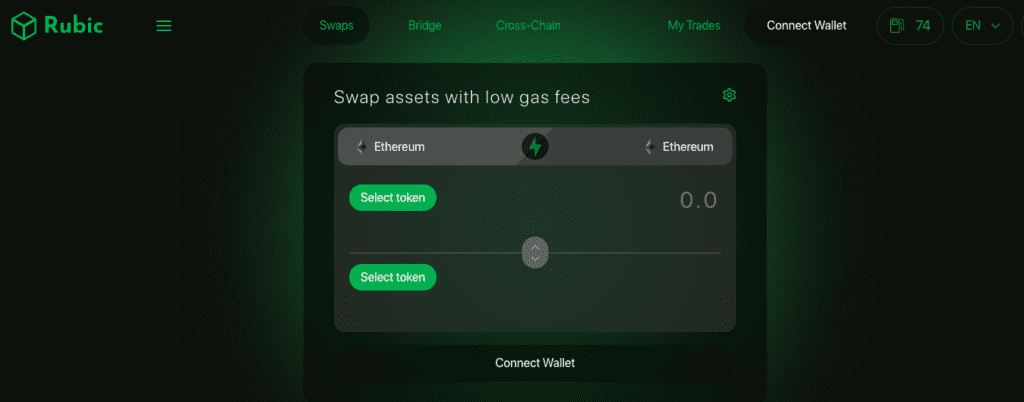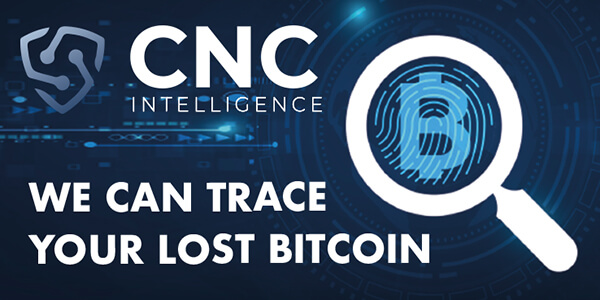Rubic Cryptocurrency >> Trading systems are currently complicated. One of the most difficult issues to solve is the movement of a large number of assets across several networks through network bridges.
While bridges may support a dozen different cryptocurrency pairings, not all assets can be traded. This is where Rubic comes into play, first allowing users to trade over 7,500 goods over three blockchain networks.

Issue at Hand
Several projects have developed their own cross-chain solutions and integrated bridges at the present. As a result, the world of DeFi has evolved considerably, yet moving assets to another network remains challenging. Even the most famous bridges, like the Binance Bridge, have a slew of regulations that complicate the procedure.
Each bridge includes a list of particular assets that may be transferred across networks, some of which are subject to exchange limitations and time constraints. Even if consumers want to exchange their tokens via bridges and DEXs, the procedure will be complex and time-consuming.
Swaps are much too complicated and prohibitively costly for the basic function of moving assets across networks. On the other hand, the era of clever cross-chain swaps is drawing to a close.
Rubic’s primary objective with DeFi is to bring all blockchain networks together in one location and to make it as easy as possible for DeFi users to trade all 7,500 assets efficiently and profitably.
They’ve developed software that allows traders to exchange any asset on any network swiftly and efficiently. The capability for Cross-Chain Routing will support three main blockchains: Ethereum, Polygon, and the BSC. We want to incorporate more blockchains in the near future, including Harmony, Solana, and Fantom.
Rubic’s Solution
Rubic differentiates itself from other market alternatives due to the ease with which transactions may be performed. Rubic combines the first (bridge) and second (swap) stages into a single Swap, resulting in the most liquid and cost-effective route.
The overall number of DeFi members has surpassed 3 million in the last year, and the DEX trade volume has surpassed $816 billion. During a typical week, the average number of DEX traders surpasses 200,000, with about 40% executing multi-step transactions. It aims for excellence and to meet the requirements of the more than half of cryptocurrency traders who use Rubic’s Cross Chain Routing service.
What precisely is Rubic?
Rubic is a multichain decentralised exchange environment that enables cross-chain swaps, rapid swaps, and a number of additional features. Their mission is to provide an all-inclusive decentralised trading platform. The Rubic platform allows users to perform cross-chain swaps in a number of ways, to get the best prices across all major swap protocols (through a DEX aggregator implementation), and to directly purchase MATIC or BNB via our Crypto Tap.
Get in touch with our affiliated Cryptocurrency Forensic Specialists at CNC Intelligence for free by filling out the form below.
Rubic now supports network trades on Ethereum, Polygon, and Binance Smart Chain, as well as cross-chain swaps on Ethereum, Polygon, and Binance Smart Chain, as well as xDai and TRON.
What are the lowest and biggest trade sizes on Rubic?
Instant Trades are not restricted in any way.
If any limitations apply to a particular token, the form will provide the minimum and maximum trade sizes for Cross-Chain Swaps.
What mechanism is at work?
Rubic offers a diverse range of services to its customers. These characteristics include the following:
Instant Trades – Construct a transaction involving several assets on a single platform, using multiple blockchains and decentralised exchanges.
Rubic Routing System – Conveniently complete a transaction while obtaining the best possible price.
Cross-Chain Swaps – Integrate and link two networks to complete an exchange.
Without ever requiring KYC/VPNs, you may purchase MATIC or BNB with RBC or ETH. Additionally, if you use RBC for the Tap, you will get a discount.
Custom bridges, platform listings, Rubic Relay Widget interfaces, and cross-chain routing are all supported by the Rubic platform.
The Rubic Relay is an excellent solution to the issues associated with low user turnover in projects.
It encourages visitors to remain longer on your website by simplifying trades: the Relay allows users and project owners to purchase and sell tokens directly from their project’s homepage, encouraging visitors to stay longer on your website due to the usefulness of the Relay.
Additionally, the Relay widget may be scaled across many devices, and its colours and size can be customised.
Which cryptocurrencies are accepted?
Rubic now supports the trading of Ethereum-based tokens (ERC-20), Binance Smart Chain tokens (BEP-20), and tokens based on the Polygon network. Additionally, users may use Rubic to move their assets across the Ethereum, BSC, Polygon, xDai, and TRON networks for cross-chain transactions.
Additional blockchains will be added in the near future.
As a consequence of their cooperation, MyWish users now have the ability to generate and manage tokens concurrently. Additionally, multichain services are available, including Ethereum, Tron, EOS, NEO, and the Binance Smart Chain.
How does one begin a trade?
- Step 1: Select “Swaps” from the menu bar and select the network to which you want to switch.
- Step 2: Select the tokens for exchange and fill out the form.
- Step 3: Enter the desired amount of money to exchange.
- Step 4: The DEX aggregator will now provide you with the best rates available across all protocols.
- Step 5: If necessary, use the “Swap” option or authorise your tokens.
- Step 4: The DEX aggregator will now provide you with the best rates available across all protocols.
- Step 6: Complete the trade using MetaMask or another WalletConnect-compatible wallet, and then wait for the blockchain to confirm the transaction.
How much is it going to cost you?
This business does not charge any provider fees for Instant Trades at the moment.
Rubic Fees
From RBC (Ethereum) to BRBC (BSC) 100 RBC (Ethereum).
Transfer of 100 BRBC from BRBC (BSC) to RBC (Ethereum) (BSC).
Each transaction requires the payment of a gas charge, which you will see in your wallet after the completion of the transaction.
Rubic’s Tap will let anybody connect to the Polygon and BSC networks, while also offering a discount to those who complete the transaction using the RBC token. Users will be able to exchange a greater volume of BNB and MATIC while paying a lower RBC rate than usual.
Commission costs in ETH are now 0.02, whereas commission fees in RBC are only 150 RBC, or around 0.007 ETH.
When you comment, your name, comment, and the timestamp will be public. We also store this data, which may be used for research or content creation in accordance with our Privacy Policy. By commenting, you consent to these terms.

